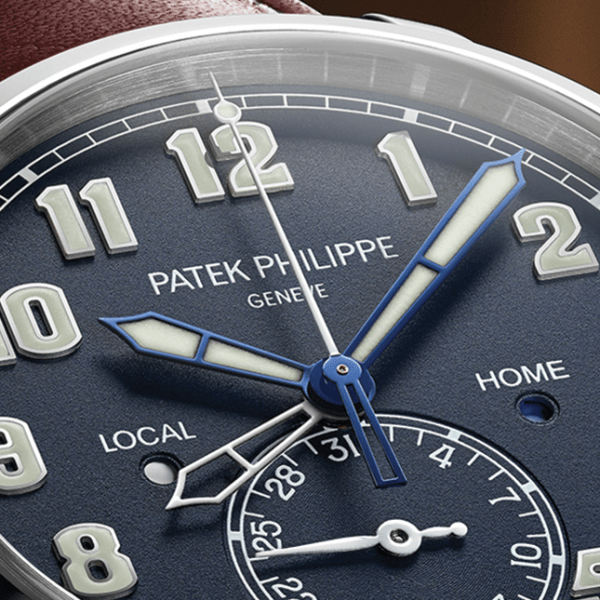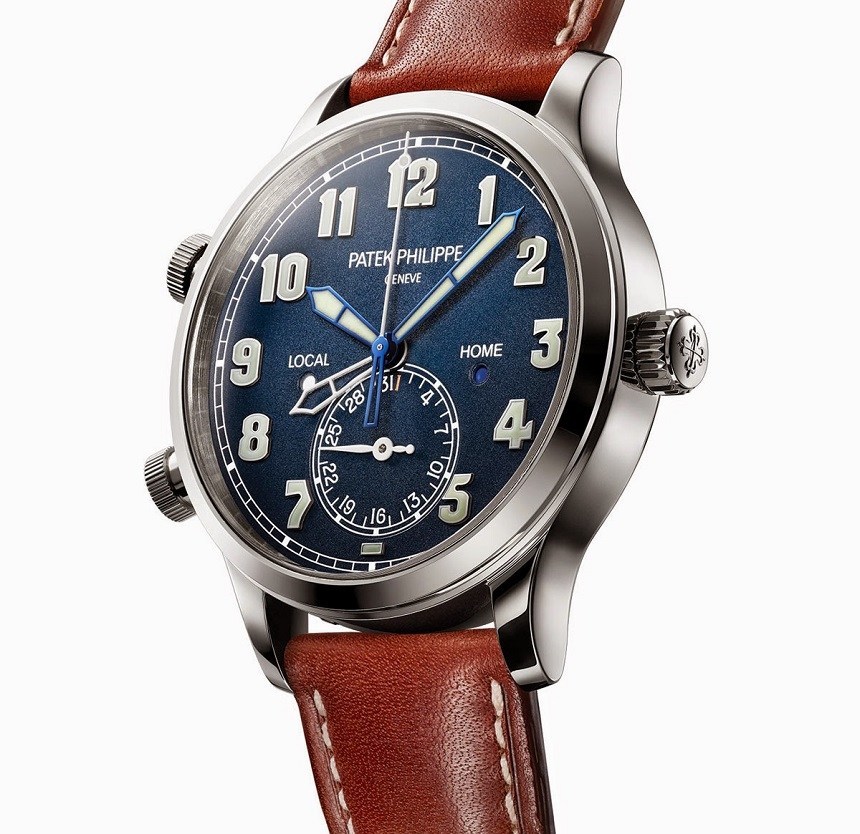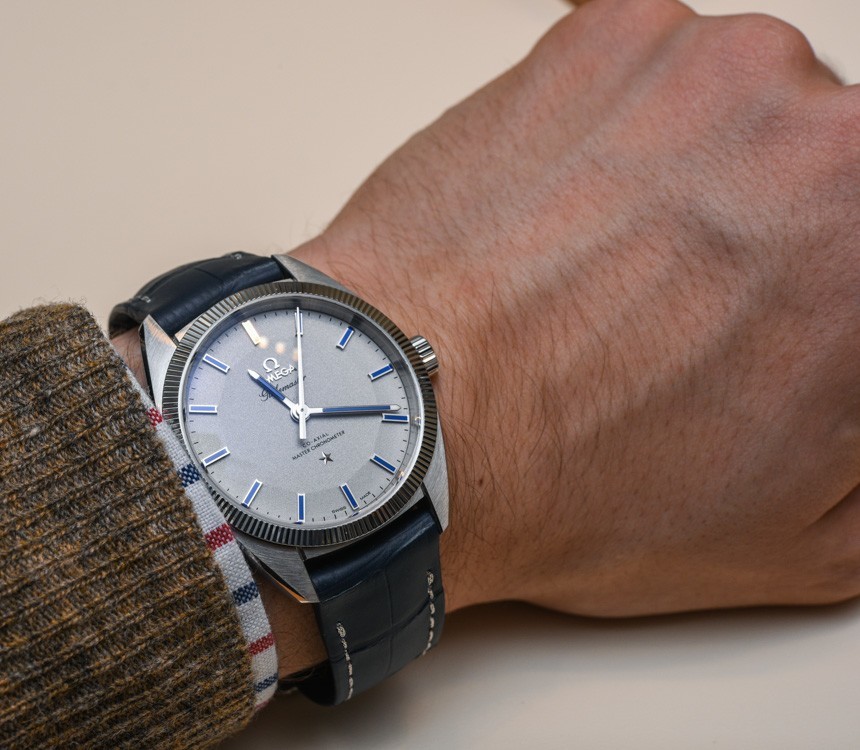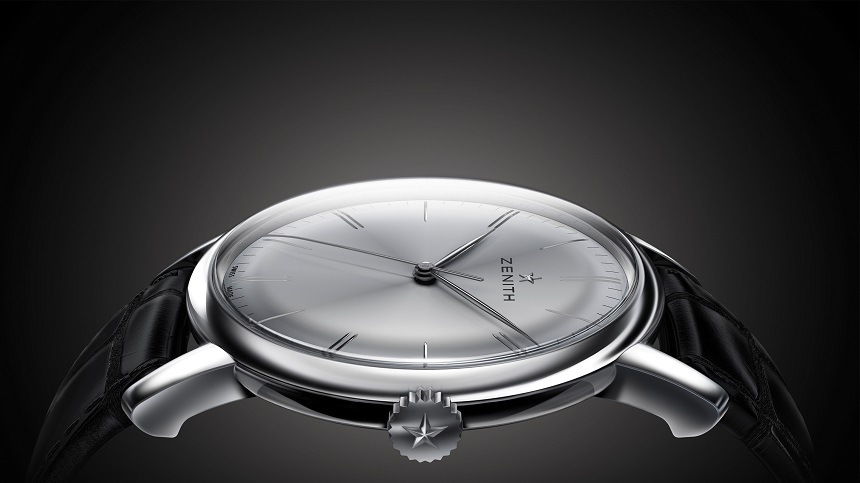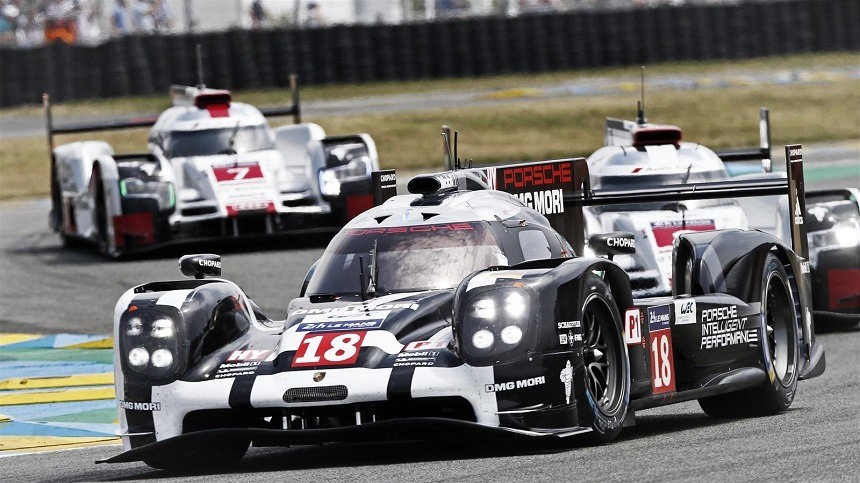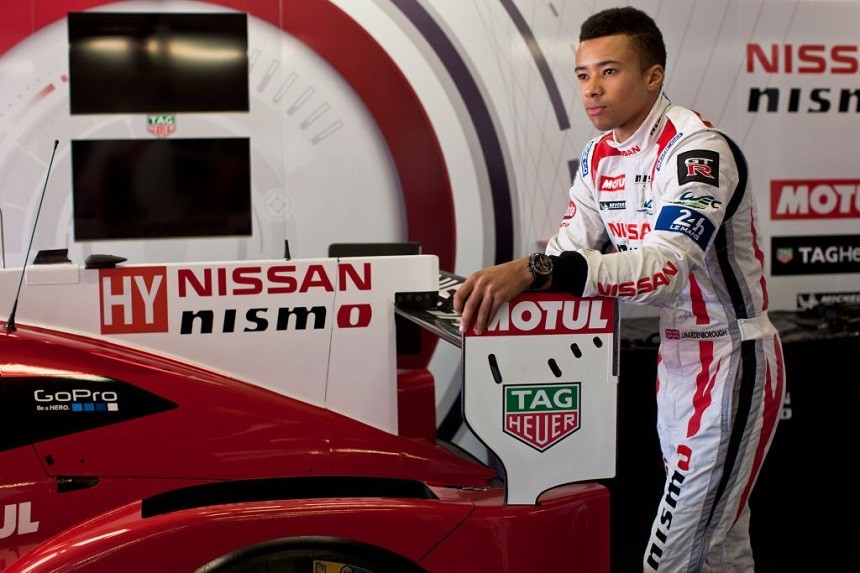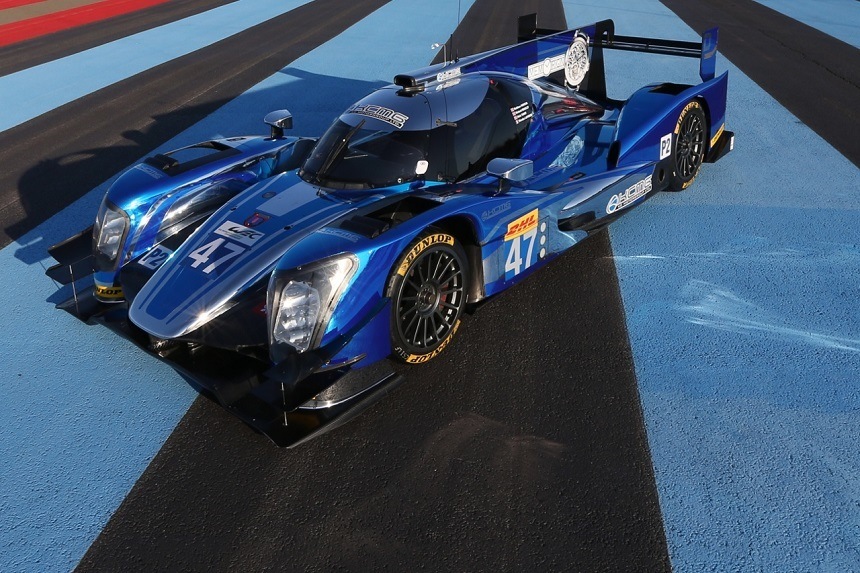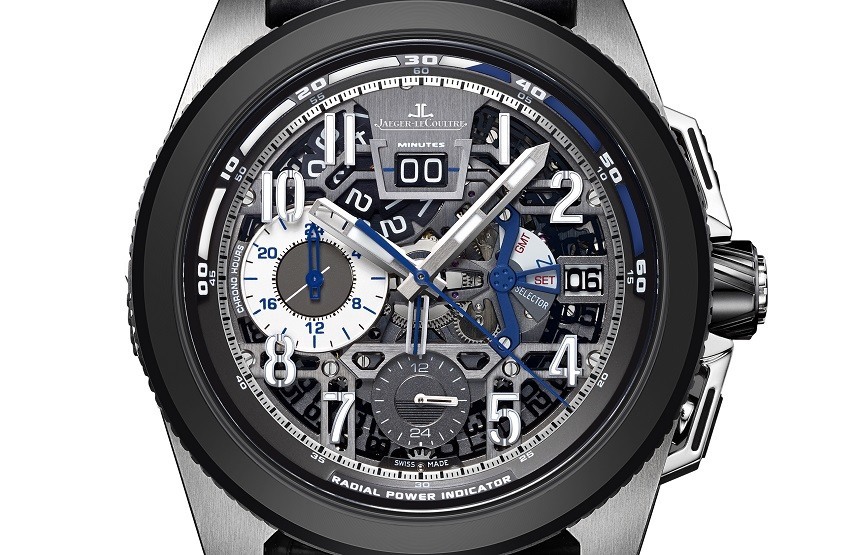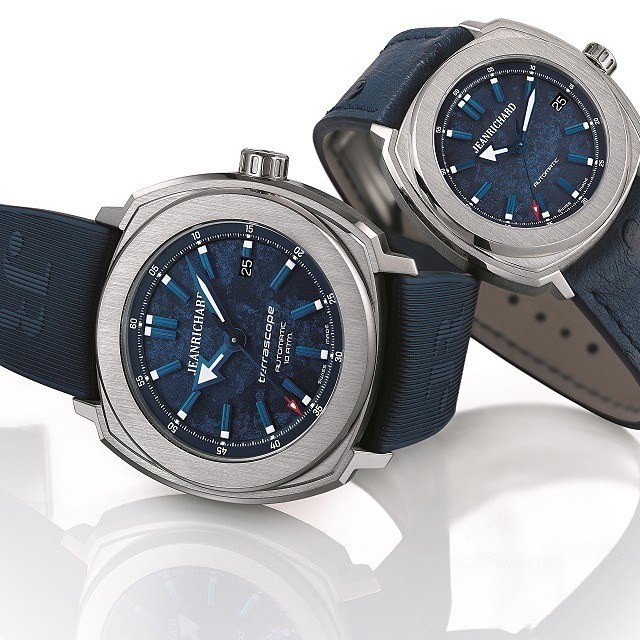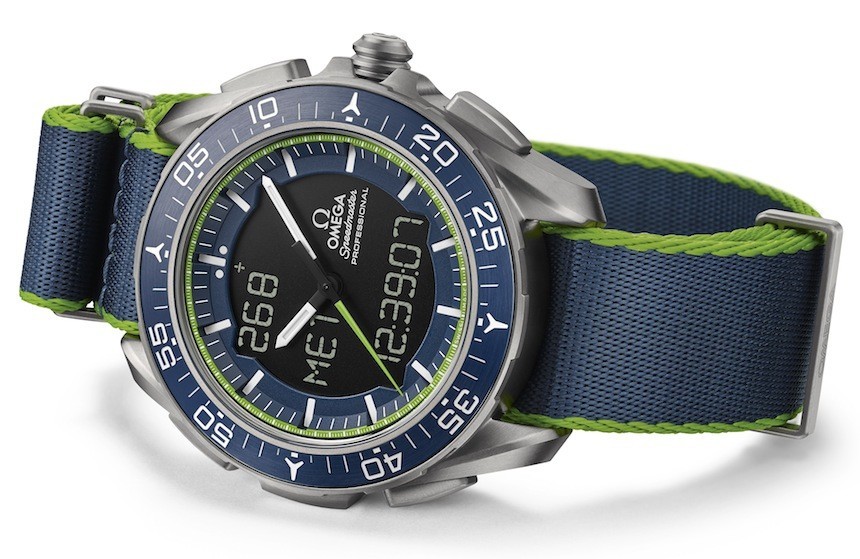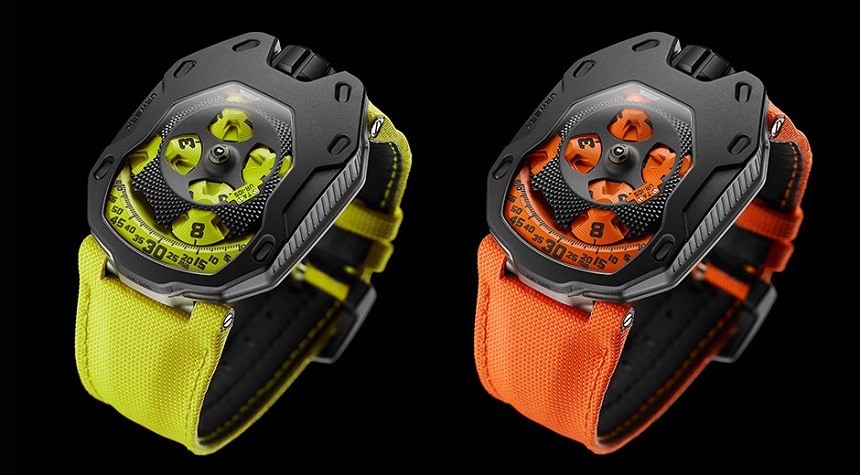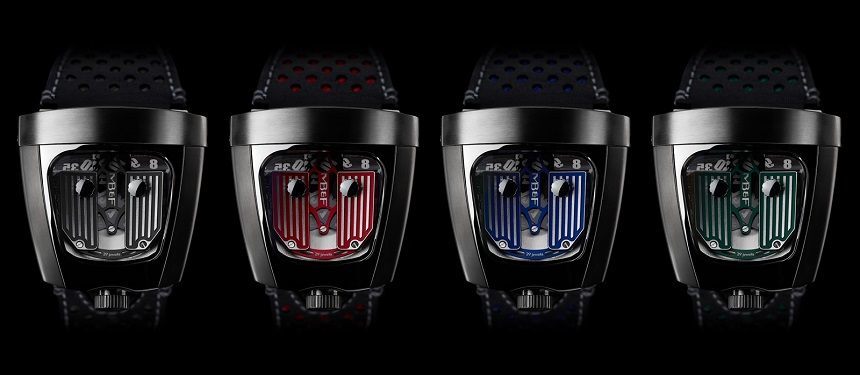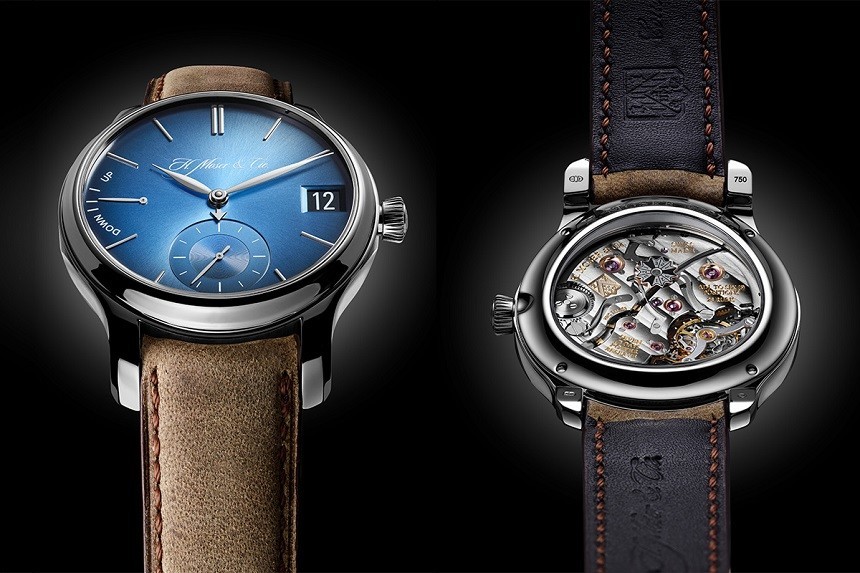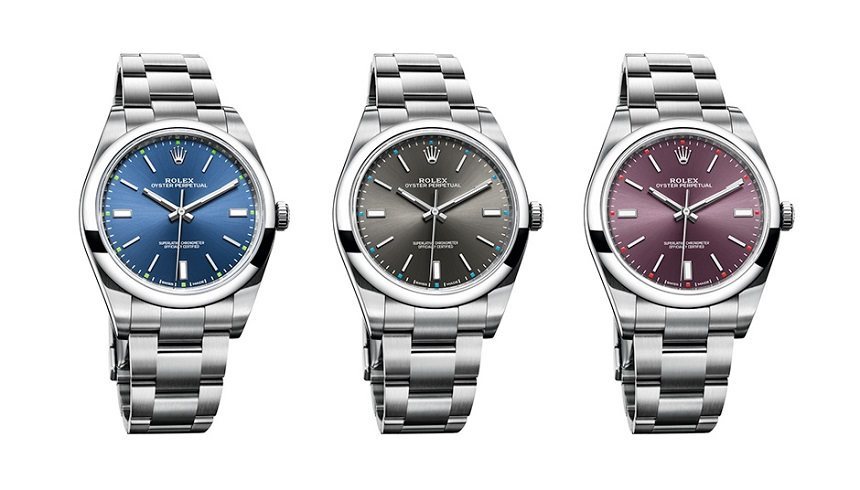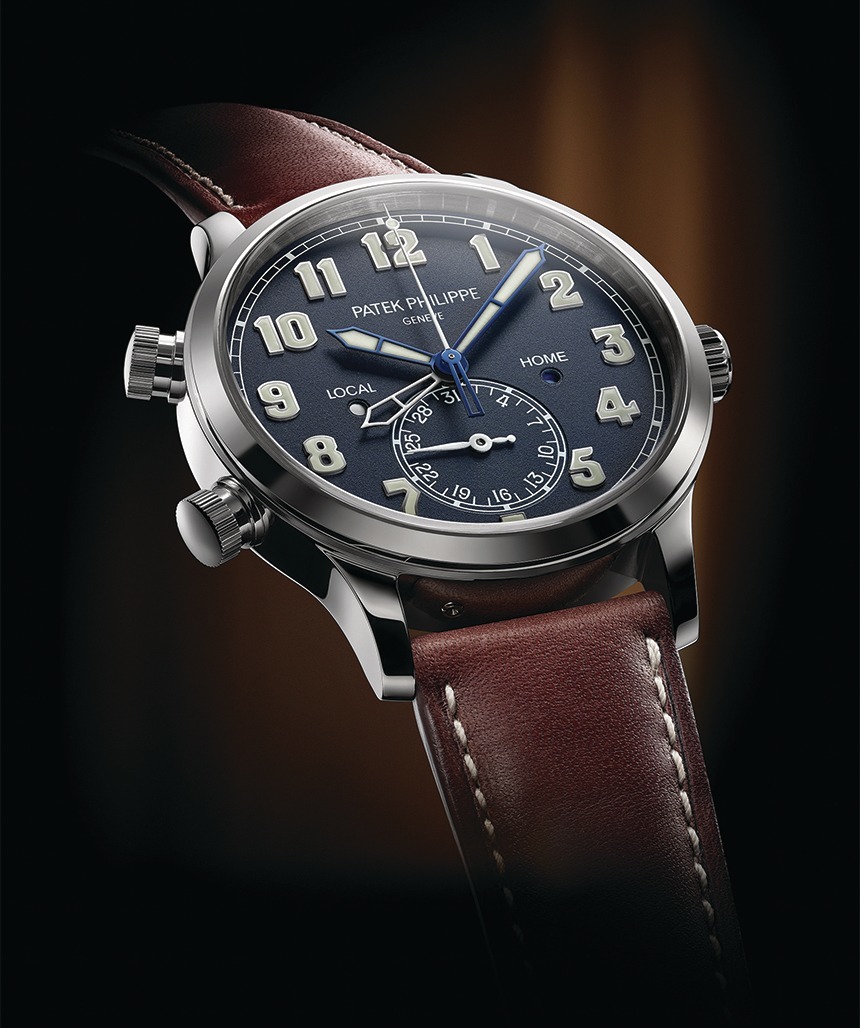
Welcome to the 2015 “Horology Halftime Show,” presented by hindsight. The official arrival of summer means that Baby New Year clichés are as dead as your old Synchronar 2100, and in our era of instant analysis, it’s high-time for a look back at a few of high horology’s best moments so far. Sit back, read on, and celebrate the finest plays of 2015’s first two quarters.
Boldest Move: Patek Philippe Calatrava 5524G.
While the speculative impact of the Apple Watch has inspired the largest volume of controversy during the year to date, the most intense debate raged around Patek Philippe’s first take on the evergreen pseudo-vintage pilot’s watch genre. The Patek Philippe Calatrava Travel Time 5524G left some very self-important folks tying themselves in knots and exchanging CAPS-LOCK carbine rounds in online fora. For that entertainment value alone, the more jocular members of the enthusiast fraternity collectively owe Thierry Stern a free round at his favorite watering hole in Plan-les-Ouates.
All kidding aside, this was precisely the kind of calculated love/hate model launch that defines a company as self-assured, purposeful, and adventurous. It takes confidence to court controversy, and the Sterns must have realized that vocal retro-grouches had been grousing reflexively about new Patek model design for at least a decade. It’s the same mindset that convinced ancient Greek poets that heroes of yore were always bigger, tougher, and braver than modern men. And that’s way too serious for an upscale hobby that’s supposed to be fun.
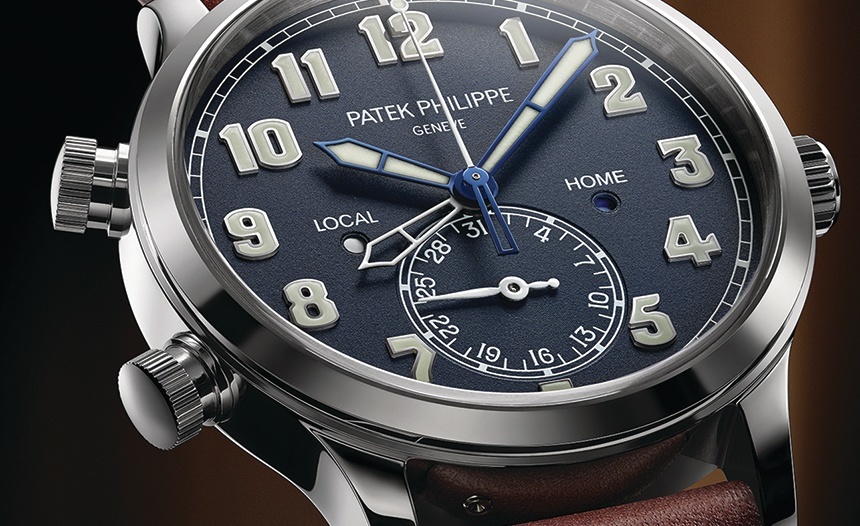
With its 42mm case, a dial that Charles Lindbergh could love, and the kind of generic utility-watch aesthetic that drove watch “style” in the era of military-contract models, the Patek Philippe Calatrava Travel Time 5524G reads like an air raid on the self-appointed guardians of Patek propriety. Given this contingent’s long-running angst about the miniscule overlap of the 5270’s date subdial and minute track, the mere idea of a hefty Patek Philippe pilot’s watch must have inspired a fair amount of squirming.
The Patek Philippe Calatrava Travel Time 5524G is far from perfect. Depending on who you query, the new Patek looks like a better built Zenith, IWC, or Longines. And Patek Philippe’s half-hearted attempt to link the 5524G to a couple of irrelevant vintage hour-angle prototypes from the company archives was cringe-worthy. Mechanically, the modified caliber 324 is a carryover from previous dual-time models.
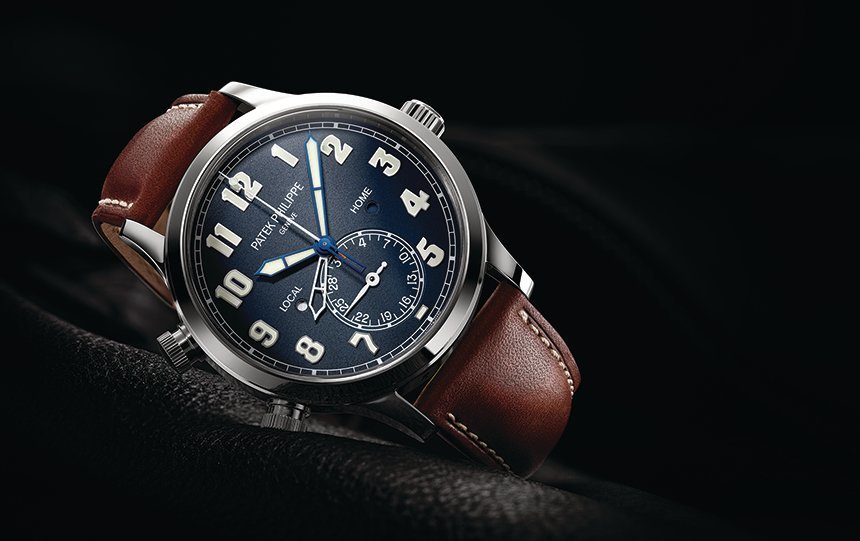
But like its crosstown neighbor, Rolex, Patek Philippe exists as a world unto itself. Deference to tradition, secrecy, and patrician hauteur are integral to the public image that Philippe and Thierry Stern have constructed. Each of these iron curtains required decades to construct, and each can drop with a single over-exuberant misstep. On its own terms, the brand took a serious risk with the Patek Philippe Calatrava Travel Time 5524G. The company’s embrace of the unknown – and perhaps a fleeting wink of ironic humor – deserves to be celebrated.
Best New Watch: Omega Constellation Globemaster
At Baselworld 2015, Omega could have launched a line-for-line re-edition of the old “Pie Pan Connie” in a larger case and received fawning applause from a watch media that has become too comfortable with artless nostalgia.
Pandering to this inclination has become an industry habit, and the launch tempo of reanimated 1950s and 1960s watches has become like the drumbeat of a zombie army. In an industry that has become flush with material quality but starved for design innovation, Omega broke ranks with the Globemaster.
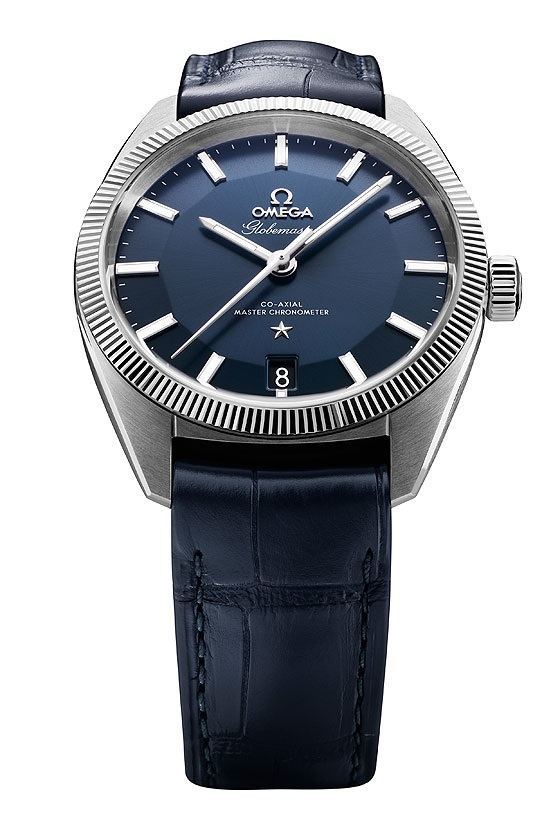
From the moment it bowed in Baselworld 2015, the Omega Globemaster was hailed as a landmark. The hallmark of great design is its ability to defy anticipation only to feel like an old friend after the curtain is drawn. The Omega Globemaster is the Constellation that enthusiasts have been awaiting since the early 1980s sank its junk-bond powered “griffes” into the brand’s former flagship. While the claw-clad Connie endures in the Omega catalog for the sake of eastern markets that adore it, the true king has returned.
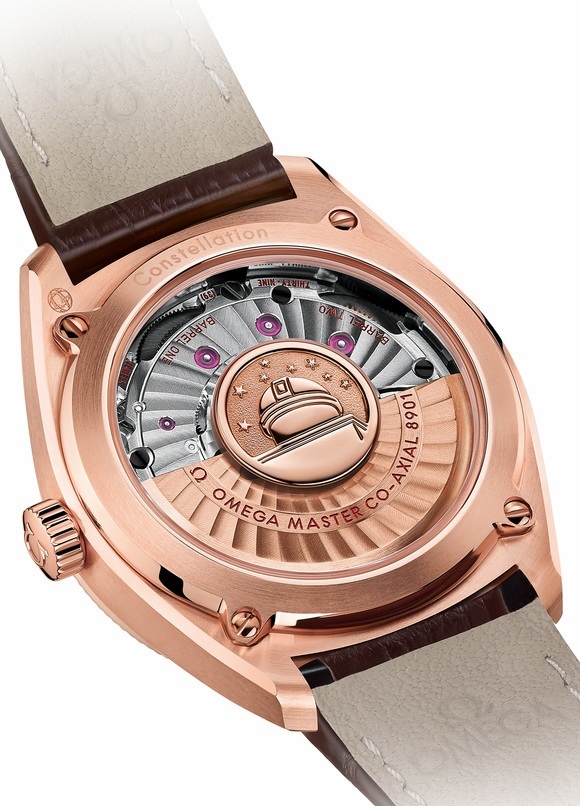
The Omega Globemaster instantly recalls the first early 1950s “pie pan” Omega Constellations, but it avoids the artistic bankruptcy endemic to the so-called “tribute” watch trend. Granted, the famous faceted dial returns in crisply-defined metallic glory. And the revival of the Omega’s vintage observatory icon as the focal point of the case back winding rotor will melt the hearts of brand cognoscenti.
But the Omega Globemaster succeeds on its own merits as an original design. Omega departs from historical precedent with baton hands, outboard minute hashes, stronger case character lines, and prominent fluted bezels that lift the new Master Chronometer timepiece beyond the shadow of the past. Omega Globemaster models split the difference between the burly build of a sports watch and the delicate proportions of a formal model. Viewed from the side, the Omega Globemaster’s strong lugs and sheer case flanks read as the body of a sports watch; from head-on, the high ratio of dial-to-bezel imparts the delicacy of a dress watch.
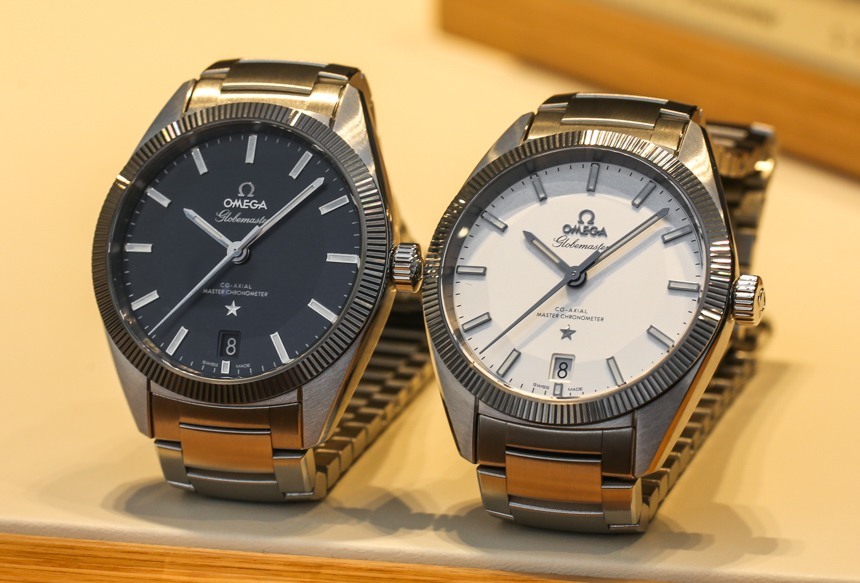
Achieving this balance is a challenge on any new watch design – to say nothing of a model intended to reference a specific vintage dress watch; Omega succeeds in brilliant fashion. These elements, and Omega’s scintillating caliber 8900 form the basis for a new classic.
While the Omega Globemaster is handsome enough to triumph on looks alone, its watchmaking chops deserve equal recognition. As the first of Omega’s next-generation Master Co-Axial Chronometers, a family of watches that will be subjected to the new METAS testing regimen for fully-cased watches, the Omega Globemaster is a mechanical milestone for its maker. Silicon hairspring and balance wheel, Omega’s now fully-mastered (and still impressive) Daniels co-axial escapement, and an architecture manufactured at ETA exclusively for Omega offer tremendous value in a price range where competitors often struggle for differentiation.
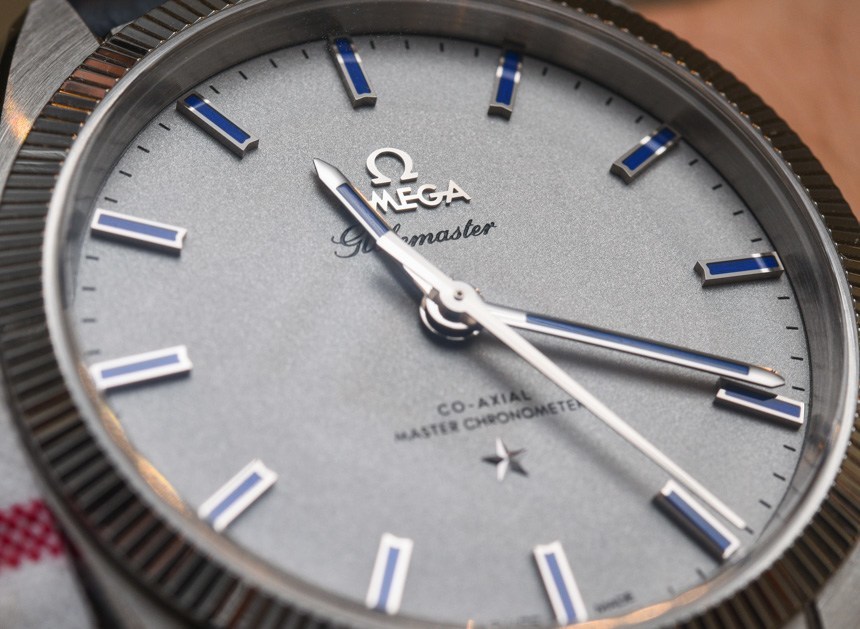
These are exciting times to be engaged with the watch community. More high-quality wristwatches are available today than at any point in history including the so-called “golden age” from the end of World War II to the start of the 1970s Quartz Crisis. For a contemporary watch to qualify as the “best” in any sense is a mammoth achievement, and the Omega Globemaster deserves immense credit for standing apart from an honor-roll of 2015’s finest.
Best Upset: “Elite-ists” Prevail at Zenith
A year ago, Zenith dealt a double body-blow to its faithful. First, there was the launch of the Sellita SW300-powered Zenith Pilot Type 20 Extra Special. Second, the company suggested that its “Elite” family of movements would be discontinued. Taken together, the moves stirred enough controversy to rival LVMH cousin and perennial provocateur Hublot; the outrage rivaled any collector backlash from Zenith’s Thierry Nataf years.
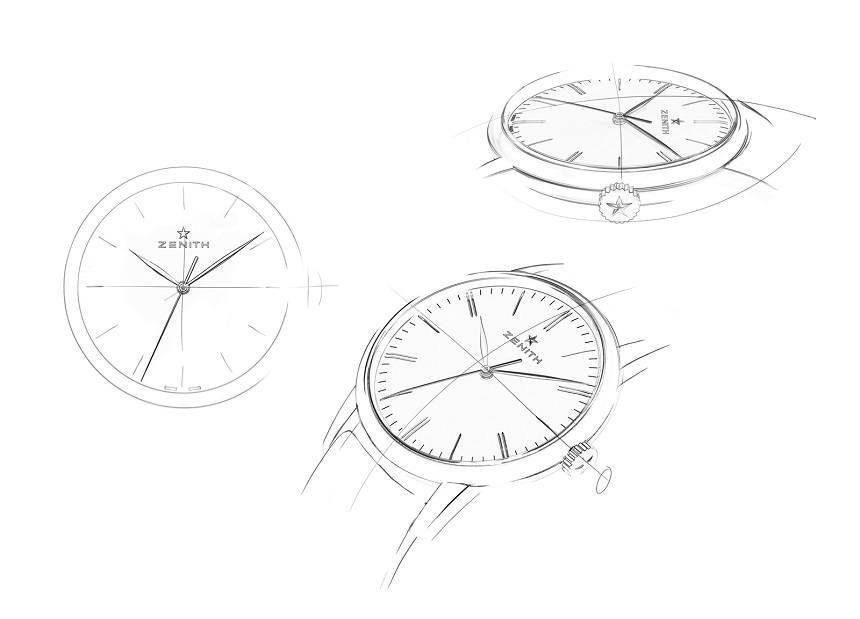
In 2015, all is forgiven; Zenith marked its 150th anniversary with a redoubled commitment to the Elite and the launch of a revitalized caliber 6150.
While the El Primero chronograph caliber dominates Zenith’s public profile and production resources, the 1994-present Zenith Elite caliber 680 and its derivatives have served as a quiet second pillar in the watchmaker’s catalog. More than a simple movement, the Zenith Elite is a showcase for the Zenith manufacture’s savoir-faire beyond chronograph construction. As a true ultra-thin automatic, the Elite is a direct rival to recognized leaders in the segment such as the Jaeger-LeCoultre 889, the F. Piguet 1150, and the Girard-Perregaux 3000 family.

Rumors of the Zenith Elite’s pending demise sent shockwaves through the Zenith collector community, but the concurrent reality was even more traumatic; Zenith was launching a watch powered by a Sellita SW300 movement. For reference, that’s not even a generic ETA 2892; it’s a legal copy of an ETA 2892. Given Zenith’s status as a manufacture on the order of a Jaeger-LeCoultre, Le Locle’s loyalists interpreted the Sellita development as self-inflicted corporate identity crisis.
When Sellita’s arrival was combined with Zenith’s loss of the Elite, the picture began to look like an existential crisis in progress. As the smallest of LVMH’s luxury watch brands and the only one without notable mainstream media visibility, Zenith appeared uniquely vulnerable. The last decade witnessed the disappearance of Minerva, Gerald Genta/Daniel Roth, and Lemania into the bellies of Montblanc, BVLGARI, and Breguet, respectively. Given rumors of production difficulties at TAG Heuer’s new movement facilities and the arrival of Hublot’s El Primero-powered Spirit of Big Bang, wild speculation and nightmarish scenarios were mooted. Manufacture Hublot, anyone?
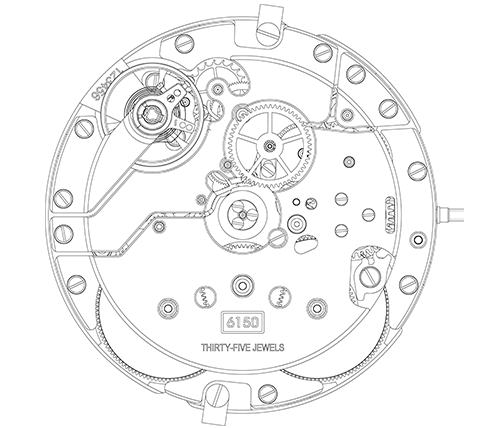
At Baselworld 2015, the cloud lifted. Zenith’s new 100-hour Elite caliber 6150 represents a substantial investment in engineering and production facilities. For an assembly only 3.92mm thick, the new movement represents a formidable bulwark against worst-case scenarios. While the specter of outsourced movements remains (the Type 20 Extra Special endures on the Zenith website), a packed 150th anniversary calendar and the arrival of a new Zenith Elite bode well for Zenith’s future as a manufacture – and as “Zenith.”
Best Moment: Watches Win Lemans
Apparently, there was a 24-hour auto race in Lemans, France this June. This news may surprise those who believed they were viewing a round-the-clock retrospective on Baselworld 2015. Saturation-level sponsorship ensured that regardless of who finished first, watchmakers were guaranteed to win.
Cars and luxury watches may be a natural match given their common target customer, but Lemans 2015 took the phenomenon to the extreme. Chopard, Blancpain, TAG-Heuer, Jaeger-LeCoultre, Rolex, Hublot, Richard Mille, Oris, and innumerable other major and minor horology brands blanketed every square meter of carbon-fiber real estate that wasn’t already plastered with automotive, tire, hydrocarbon, and financial service graphics.
Both of the leading prototype teams boasted a watch sponsor and a co-branded signature watch model from its Swiss patron. Chopard, which partnered with Porsche Motorsports, backed the right horsepower, scored a 1-2 overall finish, and bagged the grand prize: a podium full of wrist shots. Audi and Oris mounted a stiff title defense, but unscheduled pit stops spelled an end to Ingolstadt’s recent dominance of La Sarthe’s premier class. The sixty-six recipients of the members-only 2015 Chopard Mille Miglia Porsche Club of America 60th Anniversary editions must feel pretty special right now.

For TAG-Heuer and Nissan alike, 2015’s second-half narrative already is set; seek redemption. This may not have been the most successful watch/wheel partnership at Lemans, but it was the best thematic match. The Nissan factory GT-R LM Nismo prototypes were disastrously off the pace and struggled to remain relevant in their first appearance at the race. Nissan’s intensely-hyped factory effort imploded early in the fight for the overall win, much to the chagrin of sponsor TAG Heuer, which had issued a special edition Carrera for the occasion.
If anything, Nismo’s 2015 24 Hours of Lemans played out like a microcosm of TAG-Heuer’s own fortunes in recent years. Nissan made far too much noise in advance of the race, talked a big game, rolled out the eye candy, and fell on its face. At least TAG’s interim boss, Jean-Claude Biver, can take solace in the fact that his former charge, Hublot, raced to glory in the LMGTE-Am class as a marquee sponsor of Scuderia AF Corse’s red Ferrari 458 Italia GT2.
But Nissan salvaged its corporate honor with help from one of the most unexpected horology sponsors of the entire Lemans event: Hong Kong’s Memorigin. The watchmaker, which is best-known in the West for producing reasonably priced comic book and movie-themed tourbillon timepieces, dominated the LMP2 prototype class aboard the #47 Oreca/Nissan coupe run by Hong Kong’s own KCMG racing squad.
While the pro-am LMP2 class often devolves into a race of attrition, the KCMG #47, plastered with the largest watch brand graphics of any car at the event, roared home to a superb seventh overall – 116 laps ahead of the nearest factory Nissan GT-R and TAG Heuer.
Style Points: Color Makes A Comeback
Something fundamental changed at SIHH and Baselworld in 2015. Colors – all colors – became the darling of Swiss watchmakers. While various shades of blue seemed to be the only unifying trend among the many and disparate firms embracing this sudden movement, its emergence is both heartening and puzzling.
The luxury watch industry’s sudden enthusiasm for bright colors is a phenomenon that transcends brand and price point. The granular blue dial of Patek Philippe’s incendiary Calatrava 5524G proved that even the patrician Sterns were ready to embrace a more colorful era in watchmaking. Jaeger-LeCoultre’s epic Master Compressor Extreme Lab 2 sports watch re-emerged with a blue-accented makeover. At the opposite end of the price spectrum, JeanRichard issued a Terrascope automatic with a blue “denim” dial option and matching blue ostrich strap.
Evidently intent on cornering the market for blue pigment, Omega gave the world a blue-bezel “PloProf,” a blue X-33, a blue Aqua Terra James Bond, a blue Globemaster, and a blue De Ville Central Tourbillon.
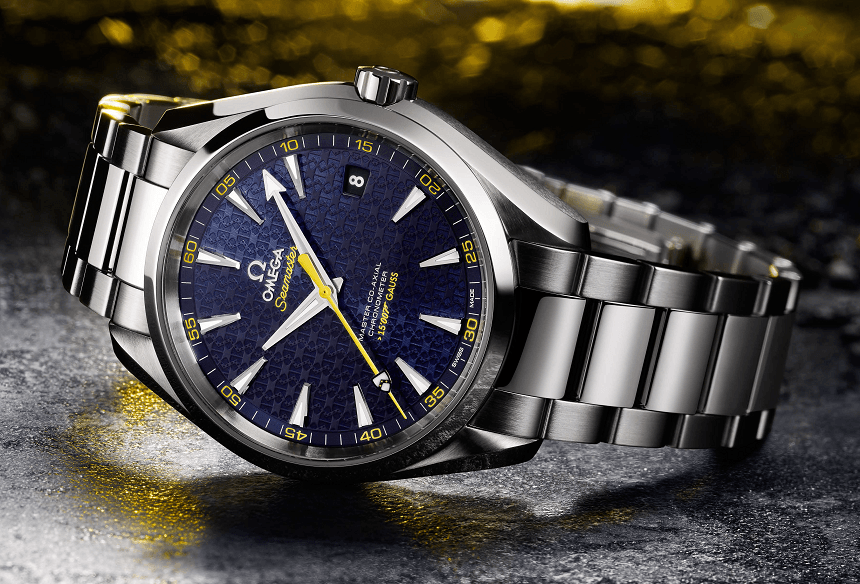
But blue wasn’t the only color to join the party, and mainstream players found ample company among the independent party-crashers. Ten years ago, Urwerk, eternal champions of the unconventional, didn’t need outlandish color schemes to stand apart. But in an age when weird watches with big price tags have become the new normal, “black lemon” and “black orange” may become standard-issue in the fight for attention.
MB&F, now ten years old, seems to agree; the company’s HMX anniversary watch is being offered in an array of colors that would have been outlandish even by Maximilian Büsser’s standards a decade ago. H. Moser & Cie, also known as “Schaffhausen’s other watchmaker,” added a new shade to the color wheel and coined a new phrase for watch writers: funky blue.
This year, nobody was above the fray; industry bellwether Rolex launched a revitalized Oyster Perpetual range that reads as a kaleidoscope compared to the Geneva giant’s usual conservative catalog. The Oyster Perpetual, once among the most traditional and discreet of Rolex lines, now ships with gold, green, blue, and magenta dials. Even the more subdued anthracite metallic dial features electric blue (that color, again!) highlights that transform the character of the watch. One year after the Milgauss Z-Blue’s provocative combination of colors prompted questions about whether Rolex had gone too far, Rolex has declared that it didn’t go far enough.
And therein lies the puzzling aspect of the color trend; it’s a question of ultimate significance. Paint superpower PPG Industries has kept a record that shows grayscale “colors” dominating global auto sales over a period dating back to the 1990s. As this year’s Lemans race demonstrated, watchmakers and automakers tend to target the same mature and affluent demographic. Is 2015 the year watchmakers become a leading indicator of a generational change in the durable and luxury goods markets? Exact strategy notwithstanding, if traditional watchmakers can find a way to entice a new generation of enthusiasts with a product solution that doesn’t involve integrated circuits and two-year service lives, that achievement may prove to be the industry’s greatest success for the remainder of 2015 – and years to come.
Tim Mosso is the Horology Officer and Product Specialist at watchuwant.com of Fort Lauderdale, Florida.
